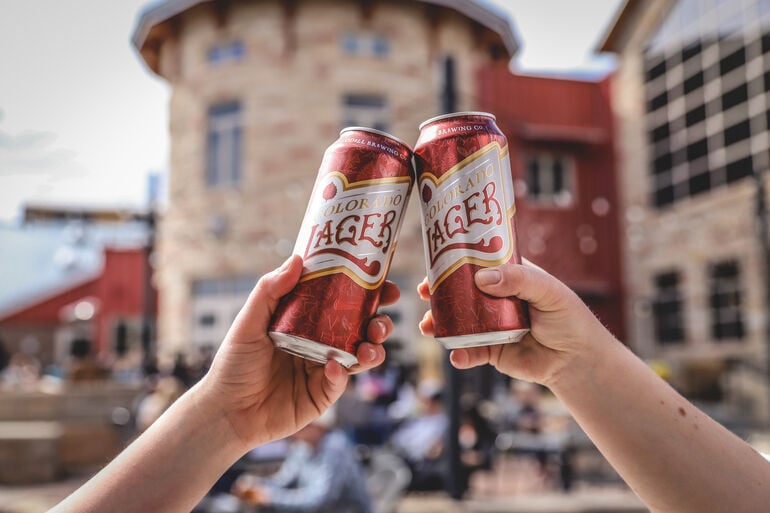Start 14-Day Trial Subscription
*No credit card required

Top Emerging Beer Styles for 2019
So much beer, so little time. It almost makes one nostalgic for the days when there were only a handful of craft breweries and even fewer that engaged in wide distribution. “Keeping up” with the beer scene was pathetically simple, but nowadays we face the challenge of not only keeping up with an exponentially larger number of breweries but also a growing number of categories, styles, and renditions of beers. It’s in that spirit that we take a moment to think about the top emerging beer styles to seek out in 2019.
Some are already firmly established in the minds of craft beer lovers even if they aren’t yet widely available in the marketplace, while others are lurking quietly in the shadows and sporting alien-sounding names. They represent new styles, rediscovered styles, augmented and enhanced styles – and even a return to the most basic styles. Craft beer is anything but static, and keeping up can be exhausting, but it is definitely worth the effort.
Pilsners and Light Lagers
Another style newly recognized in the 2018 BA Style Guidelines would be Contemporary American-Style Pilsner. Now, this isn’t your granddad’s “Fine Pilsner Beer” macro lager, but the kind of Pilsner characterized by Victory Brewing Company’s Prima Pils: bright, grainy, firmly bitter and hop-forward, utilizing either classic American or noble hops. For all of this “newness,” though, we have to reckon with the reality that what’s old will, almost inevitably, become new again. We should expect the trend of craft session lagers – designed to compete with macro lagers – to continue. Whether breweries can sustain steady business with them or not, they may be worth the time and investment to attract new and converted craft beer drinkers – a bet that many production breweries and brewpubs will likely make.
Examples include: Colorado Lager (shown) by Odell Brewing Co., Southside Lager by Arches Brewing, Steamworks Brewing Co. Pilsner, Reuben’s Brews Pilsner and Hoponius Union by Jack’s Abby.
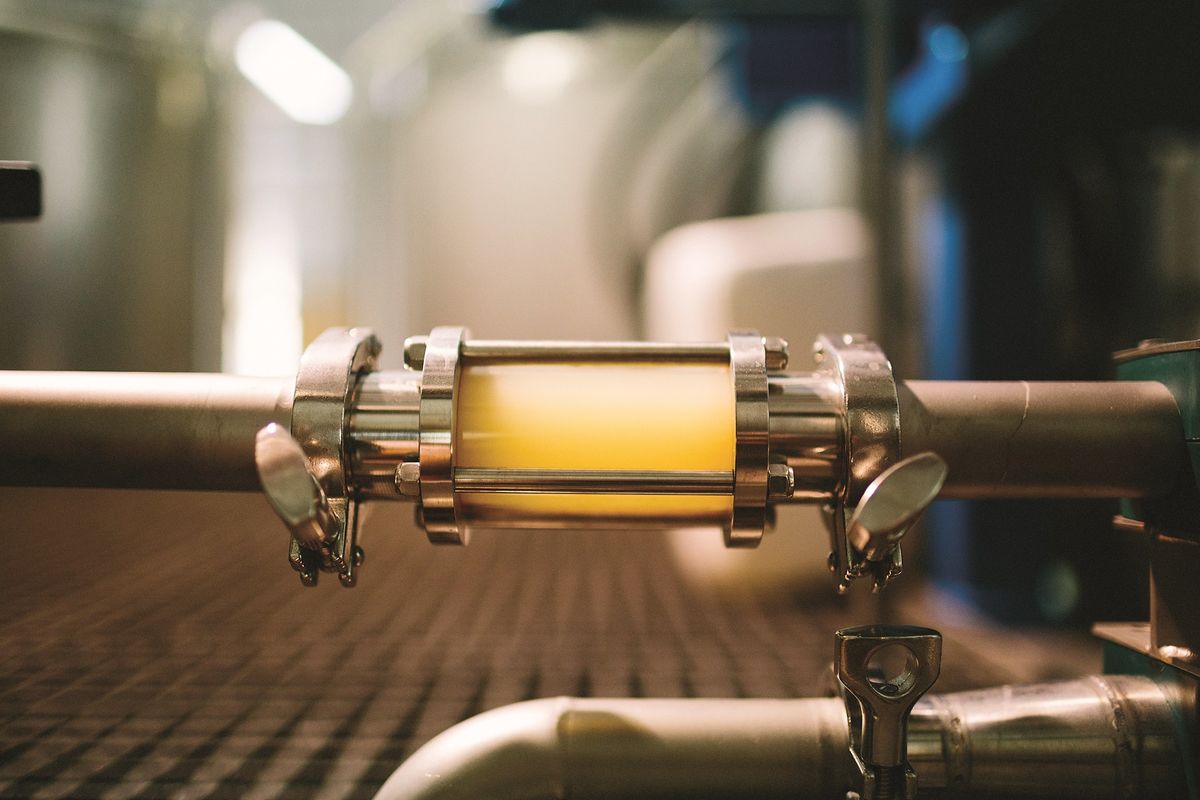
Juicy & Hazy Beers
Among “new” styles, it’s hard not to look at NEIPA and its assorted relatives and expect to see their continued expansion. I know, they’re not really new, but they were just officially recognized as part of the 2018 Brewers Association Style Guidelines (within the “Juicy or Hazy” pale ales, IPAs and Double/Imperial IPA style categories). This finally distinguishes them from more conventional clear, bitter hoppy beers.
These cloudy, less-bitter and prominently hoppy beers have been as out-of-place in the guidelines as they have been popular among craft brewers, but that tension has now been relieved, and there’s no reason to think that they won’t continue their march through the beer world in 2019 – what remains to be seen is if they cement a place in that world, or fizzle out as many others have before them.
Examples include: The Substance (shown) by Bissell Brothers Brewing Co., Tunnel Vision DDH w/ Citra by Bearded Iris Brewing, Alpha Abstraction by Wild Leap Brew Co., Juice Machine by Tree House Brewing Co. and Hypnotizer by Night Shift Brewing.
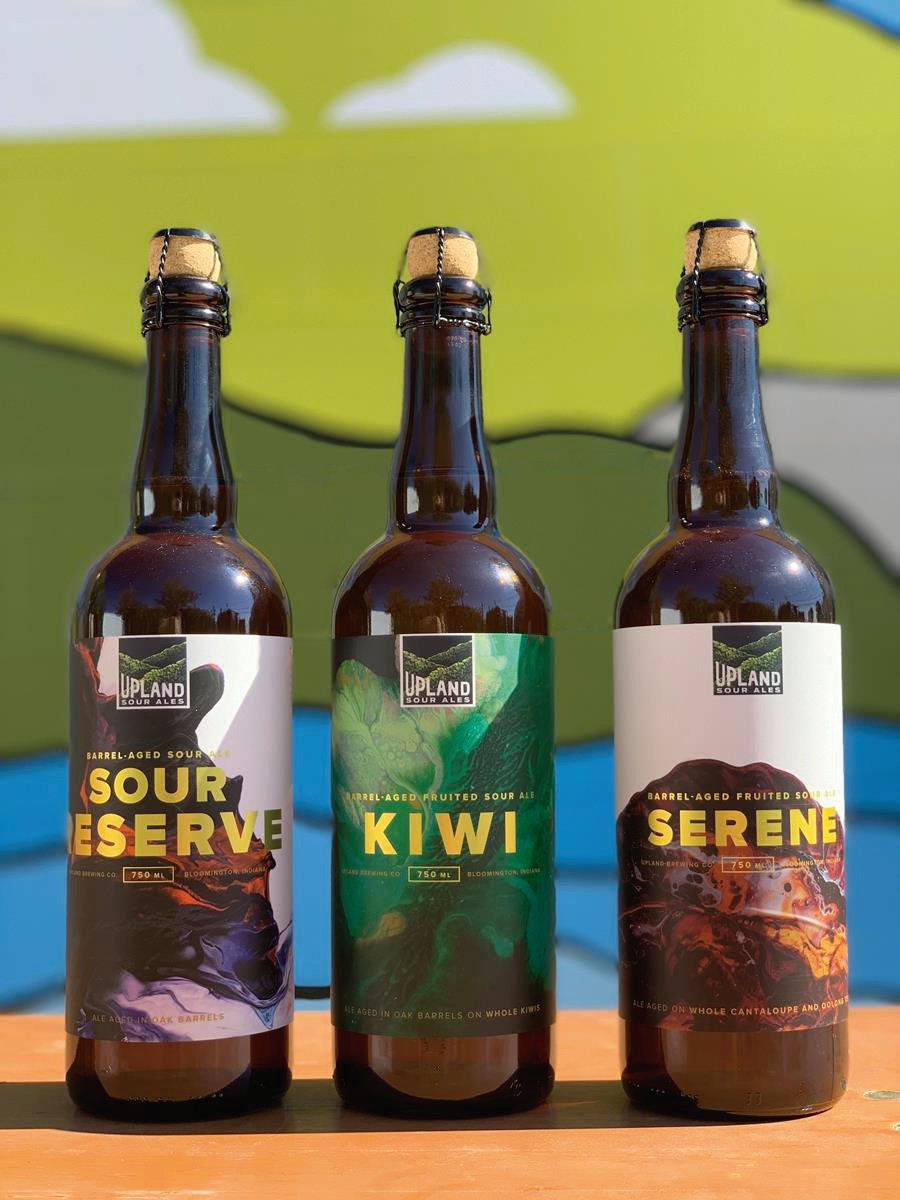
American Wild Ale
American Wild Ales are also continuing to define themselves (and stretch those definitions), as American breweries are shifting away from traditional sour styles and expectations, a trend that should continue in 2019. These new-world sours are being fueled by continuing interest in kettle-souring, expanding Solera and barrel-aging programs and more. Solera beers (beers that are fractionally blended over a lengthy period) are probably the most intriguing, with no two being the same thanks to a process that adds fresh wort to recently partially-emptied barrels. The result is a constantly evolving beer that can develop exotic, vibrant and unique flavors over time.
Examples include: Serene, Kiwi and Sour Reserve by Upland Brewing Co. (shown right), Touch of Brett Mandarina by Alesong Brewing & Blending, The Laurentian Series, Lake Michigan by Speciation Artisan Ales, Shared Waters by Coronado Brewing Co., Nectarine Golden Ale by pFriem Family Brewers.
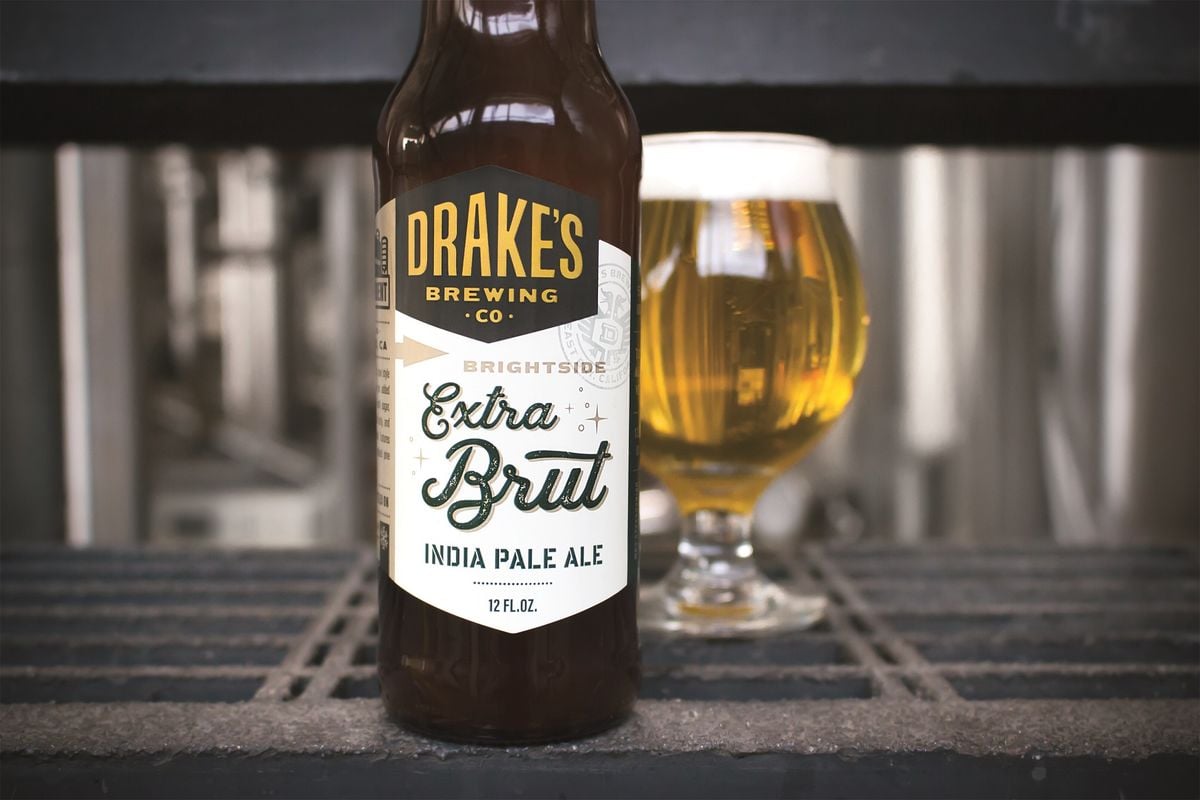
Brut IPA
No piece about emerging styles for the new year would be complete without a discussion of Brut IPA. It has already made waves and sparked interest where available, and as it trickles down through the brewing ecosystem it has many looking for details. Brut IPA is dry, and I mean bone dry. This is accomplished by taking a conventional modern IPA (lots of late hops, some adjunct grains) and adding, at the end of fermentation, an enzyme called amyloglucosidase. Pronunciation is hard, but understanding is easy: it converts nearly all of the starches and sugars in a beer into fermentable glucose. The result is a beer that has a stark, light body and lots of hops, deriving all of its sweetness from alcohols. Expect it – and more enzyme-augmented beers – on taps near you soon.
Examples include: Extra Brut by Drake’s Brewing Co. (shown right), Saddleback by Uinta Brewing, Rinse/Repeat by Westbrook Brewing Co., Champaderade by Barrel Brothers Brewing Co., Brut Squad IPA by Bear Republic Brewing Co.
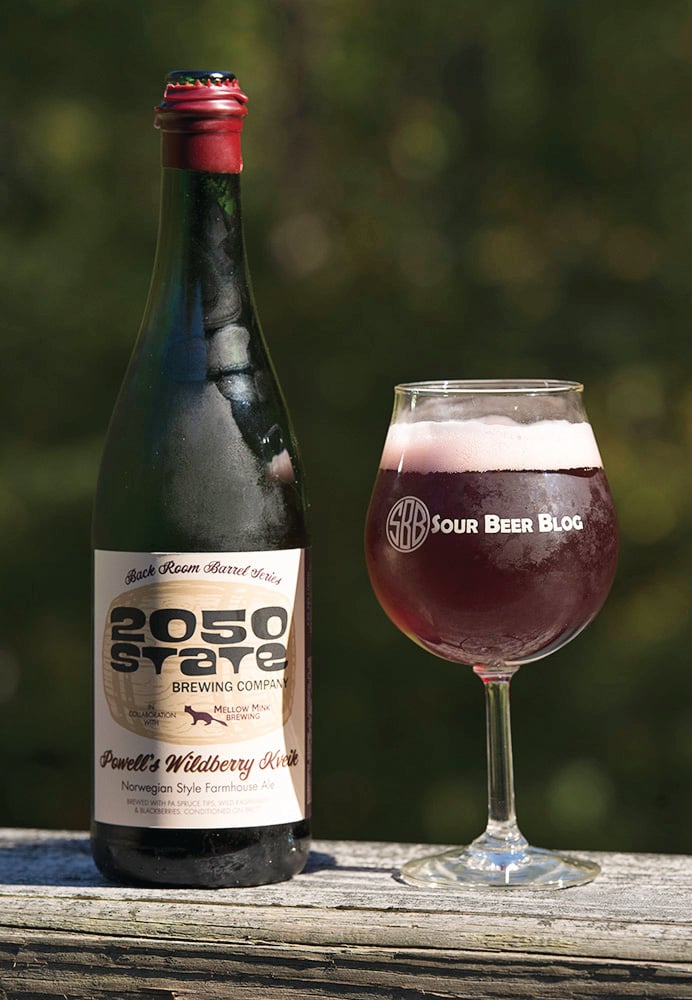
Kveik Beers
Another “already there” fermentation addition is beers brewed with kveik yeasts (“What is that?” some of you are already saying). Kveik is a non-purified form of yeast common to breweries in Norway. Not content to let the Norwegians keep this yeast to themselves, commercial breweries can purchase cultured strains of it – and they will. Kveik yeasts are fast-starting, fast-finishing fermenters that seem to produce a clean and stable citrus-heavy ester profile at almost any temperature (even up to 100°F). In a world of New England IPAs and hop-forward Pilsners, what brewer will be able to resist? (Photo Courtesy Matt Miller/SourBeerBlog)
Examples include: Powell’s Wildberry Kveik by 2050 State Brewing Co. (shown right), Norwegian Wood by Four Winds Brewing Co., New Lands by Hop Hooligans Brewery and Wicked Barrel Brewery, Logical Step by Alvarado Street Brewery, Golem Naftali by Browar Golem.
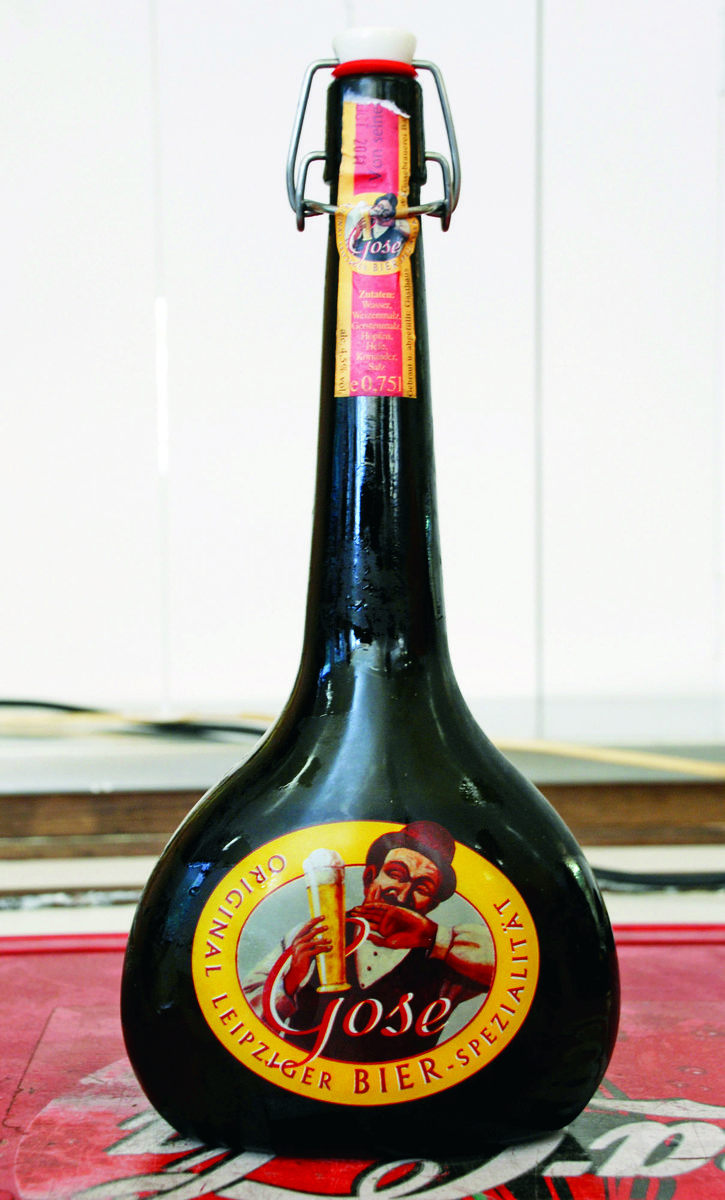
Historical Styles
Rediscovered styles – including many rescued from the trash heap of history – are making solid comebacks. In addition to the freshly engineered styles above, Gose, Kentucky Common, Lichtenhainer, smoked wheat beers and more are earning new attention from breweries in a perpetual quest for something different (even if it isn’t exactly “new”).
Examples include: Leipziger Gose by Bayerischer Bahnhof (shown right), Colonel Plug by Listermann Brewing Co., Maize by Urban Artifact, Midnight Zone by Bodriggy Brewing Co.
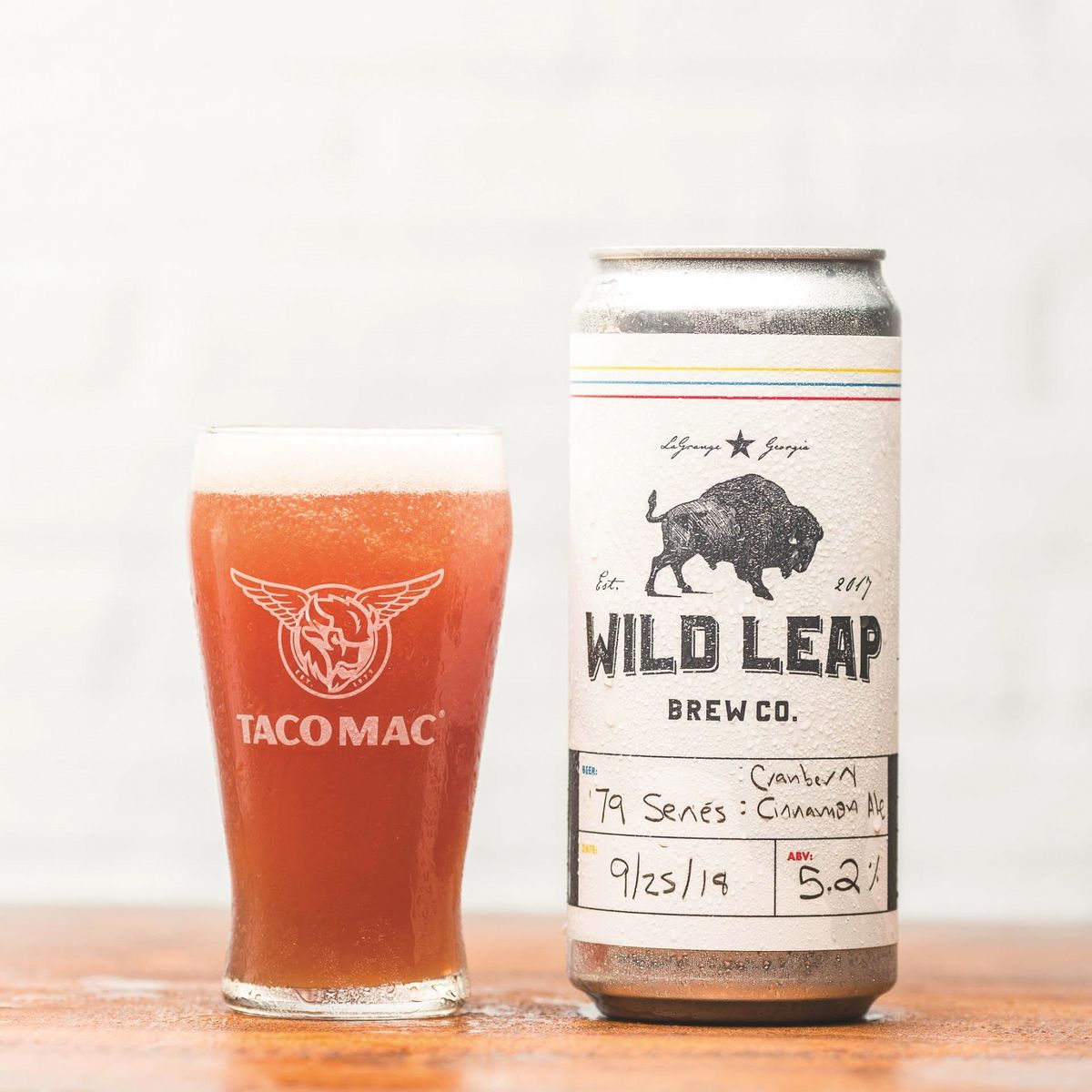
Adjunct Beers
More and new fermentables and unfermentables alike are popping up in beers. Lactose isn’t just for Milk Stouts and Milkshake IPAs anymore, honey isn’t just for meads and braggots, and candi syrups aren’t just for Belgians – brewers are applying ingredients with flavors in mind more than a focus on style-specific ingredients. Expect more coffee in beers next year, as nitro-fueled cold brew continues to create a flavor bridge between coffee-drinkers and beer-swiggers. Some are even optimistic that a brewery will find a way to make cannabis beer work, though to date the legal challenge is secondary to the flavor challenge.
Examples include: 79 Series: Cranberry Cinnamon Ale by Wild Leap Brew Co. (shown right), Key Lime Pie by Short’s Brewing Co., Spruce Tip IPA by Goodwood Brewing Co., Drink This or the Bees Die by Duck Foot Brewing Co.
Color Variations on Traditional Styles
Brewers also seem enamored of color-specific beers. I don’t mean glitter IPAs (at least I hope I don’t). I mean White Stout, Red IPA, Black IPL, Brown Saison and more. Taking a traditional style and upending expectations by moving it around the SRM scale is a great way to avoid brewing ruts. While some are undoubtedly gimmicky novelties, many, like those noted above, are genuinely new and interesting takes on older styles.
Seeing the Future
Predicting trends is not only difficult; it may be a fool’s errand. To the extent that we can adequately predict what beers will be on the shelves in the next year, we’re mostly noting those that have the potential to make the leap from “already here” to “always there.” If it’s hard to predict trends, predicting persistence is harder (where’d all the Black IPA go?). We’ll know how well we did only when we no longer need to guess – but the speculation is still fun. Enjoy your beer exploration in 2019!



